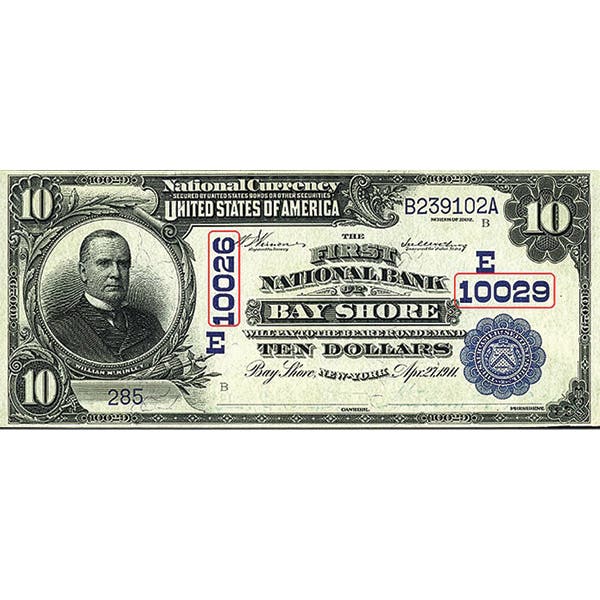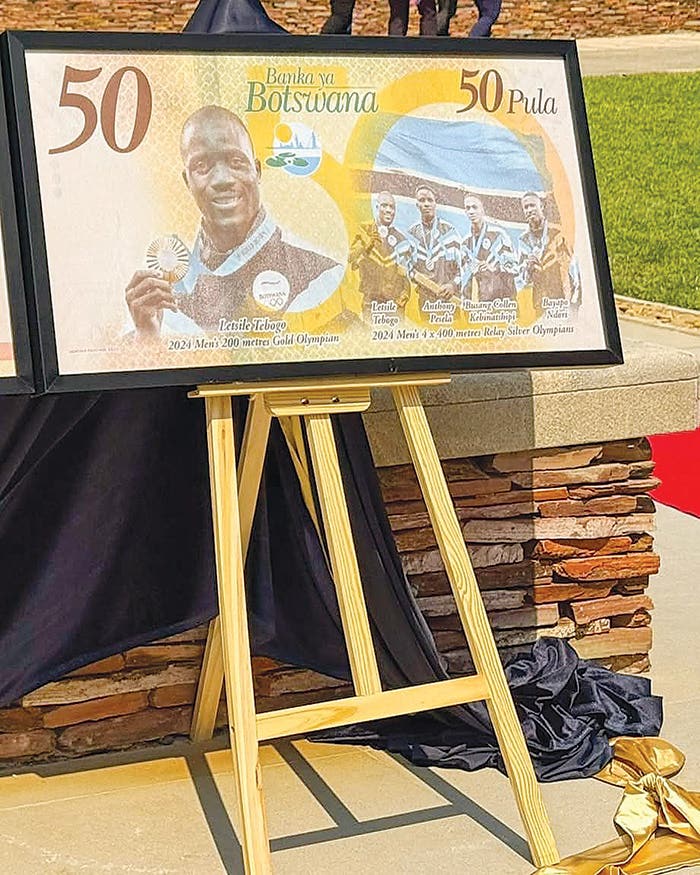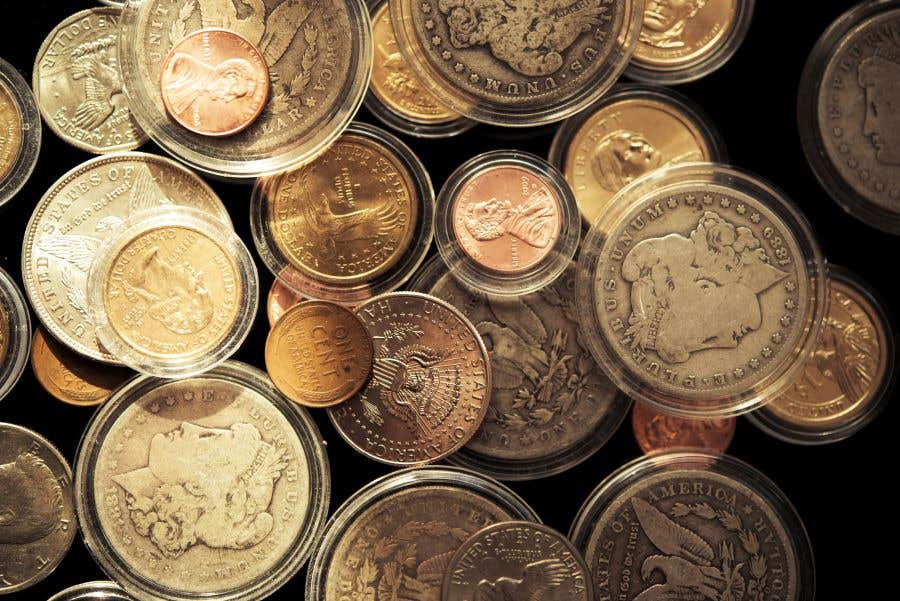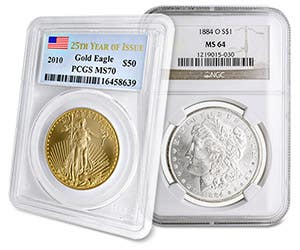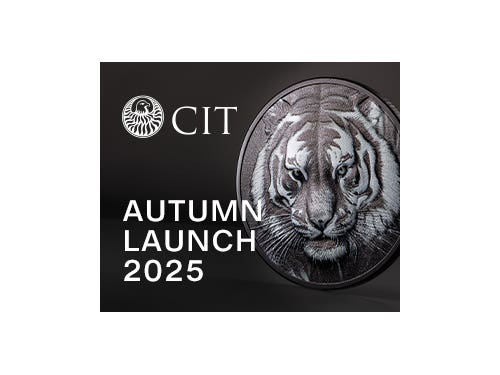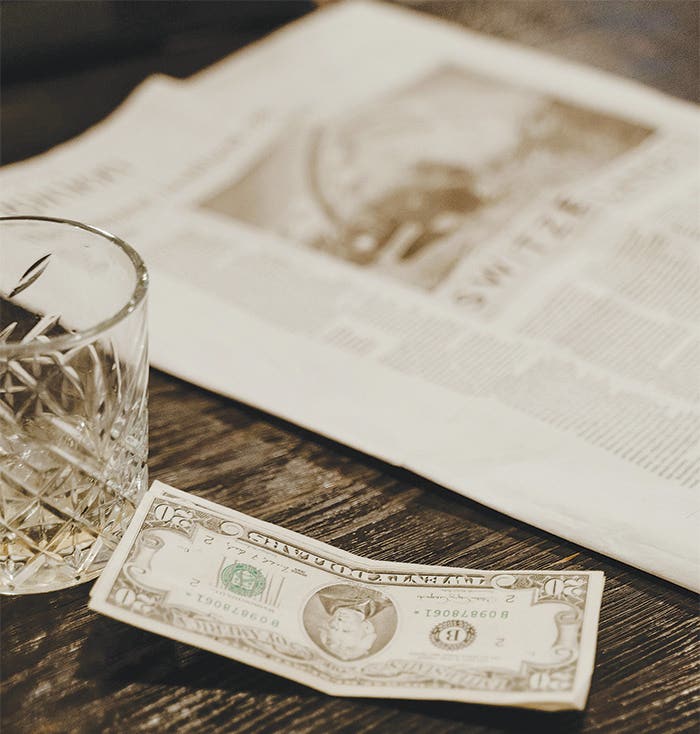Collecting Bank Note Errors
When perfection fails, collectors win—bank note errors can be rare, valuable, and highly sought after.
Bank note errors are design anomalies made during paper money printing production. Printing errors can range from hard-to-spot minor misalignments to dramatic misprints. These mistakes are usually caught and destroyed before they reach circulation as they are considered “defective” for public use. However, when those notes accidentally do go into circulation, they are prized for their rarity and, at times, high worth by collectors.
If the bank notes in your collection are too perfect and need some misaligned currency, or you want to add more diversity to an already established error collection, here is an abbreviated selection of the many bank note mistakes to look out for.
Print Misalignment
Misalignments occur when different printing plates are not aligned during the printing process, making the note’s obverse and/or reverse appear off-center or shifted from its usual orientation. Sometimes, notes can be so astray that they are upside-down.
These inverted notes are created when a sheet note is accidentally rotated during the printing process.
Ink Errors
When the coloring on a bank note appears off from its usual appearance, you have found an ink error. These errors can result in some visually interesting mistakes, including smears, bleeds, color shifts, offset printing, and even missing ink. Such an example occurred at a recent Heritage Auctions April 8 event that sold a $100 1966 legal tender note featuring a black smear over Ben Franklin’s face for $420.
Overprints
A very popular bank note error for collectors is overprints. As the name hints, these notes feature a printing mistake where the same design is placed on the note more than once. This occurs when, during a multi-printing process, design features are added separately and are not correctly aligned.
This error can result in a note with a shifted appearance, with what would be the bottom of the design at the top or vice versa. A design feature, such as text or other graphics, being accidentally printed on top of an already finished layer is also possible.
An exceptionally rare 1914 Bank of Hamilton CAD$20 note featuring a red “C” overprint earned CAD$12,000 at a September 7, 2024, Colonial Acres Coins auction. At that same auction, another note with a red “C” overprint, a 1914 CAD$50 from Bank of Hamilton, was won at CAD$13,000.
The “Del Monte” error note was one of the most noteworthy overprints. Overprints typically misplace design features that should be on the note, but this error was a random yet funny mistake. Sold at auction for $396,000 by Heritage Auctions, the 1996 $20 Federal Reserve note has a print of a colorful Del Monte banana sticker overtop the note’s “TWENTY” and underneath a green seal and adjacent serial number. According to PMG, this error was believed to have been made during a three-stage printing process of a $20 Federal Reserve note sheet at the Fort Worth, Texas, Bureau of Engraving and Printing (BEP) facility.
Star Errors
A specialty of American bank note error collecting is star errors. The stars in reference are an outlined symbol used by the BEP at the right end of a serial number on an American bank note’s face. When BEP finds an error during production, stars are used in replacement bank notes. Instead of replacing the serial number or destroying the batch, the BEP adds a star symbol to indicate that this is a replacement note.
Although the stars are a fix for the error, as PMG pointed out in their online article, Error Note Chronicles: Star Errors, sometimes these stars will have design errors. A star could be too solid, as it is supposed to appear as a hollow shape, placed in the left orientation of the serial number, or completely missing.
A set of 2013 $1 star notes with another bank note error and duplicated serial numbers earned over $7,000 at a Stack’s Bowers Galleries August 2021 ANA auction.
Cutting Errors
Many bank note printers produce and cut their notes from large sheets, so if the machine is misaligned, miscut errors will occur. The size and shape of the notes will be distorted, ranging from too small to too big or cut in a strange direction. Some collectors have even found notes still attached to another note, and the cut mark is in the wrong direction.
Do you have an error bank note that needs valuation? Visit NumisMaster.com to find your note’s worth.
You may also like:




